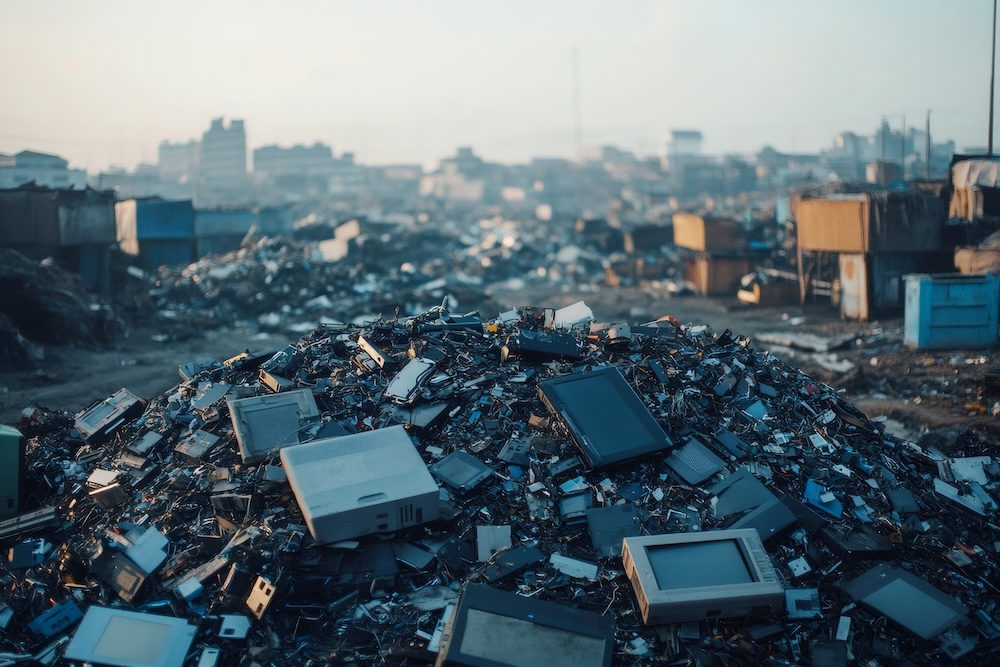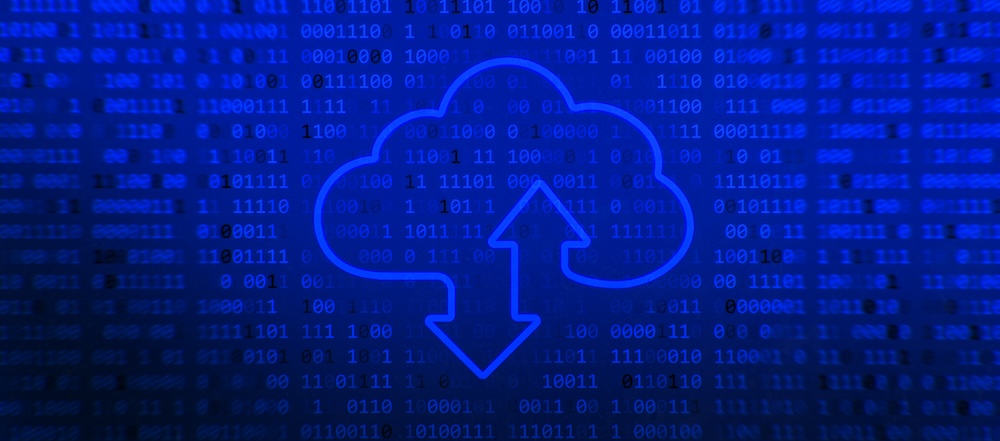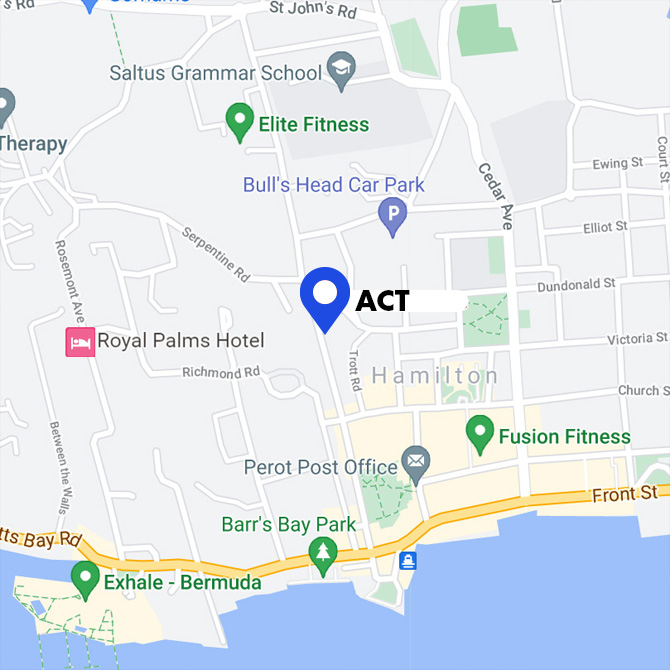The way your business manages its technology—from servers and desktops to printers and networks—can significantly influence both your energy usage and the amount of electronic waste you generate.
That’s where Managed IT Services come in. Beyond day-to-day technology support, a proactive IT partner can help you adopt smarter systems, streamline resources, and reduce unnecessary waste—all while improving performance and lowering long-term expenses.
In this blog, we’ll explore how businesses are becoming more environmentally conscious and financially efficient through smarter infrastructure, cloud migration, remote support, and more strategic hardware management.
The Environmental Toll of Traditional IT
Many businesses are still using outdated technology. Old servers running around the clock. Desktops that haven’t been upgraded in years. Printers churning out pages of paper no one really needed. These habits are more than just inefficient—they’re harmful to both the planet and your bottom line.
Electronics waste, or e-waste, is one of the fastest-growing waste streams globally. Add to that the electricity burned by aging devices, the fuel used for unnecessary technician visits, and the piles of hardware tossed out prematurely, and it’s clear that traditional IT practices have a cost beyond the monthly utility bill.
With the right strategy and a team that knows how to optimize your systems, businesses of any size can clean up their IT.

Smarter Infrastructure: Using Less, Doing More
Managed IT providers take a proactive approach to infrastructure. They look at the whole picture—not just what’s working today, but what could be working better tomorrow.
One of the biggest opportunities for energy savings comes from server consolidation. Instead of running multiple outdated physical servers that eat up electricity and space, a Managed IT team can consolidate those workloads using virtualization. In simple terms, virtualization means running multiple systems on fewer machines, which leads to less power consumption and less equipment to maintain.
Beyond servers, Managed IT teams help clients upgrade aging network gear—think switches, routers, and firewalls—with newer, more efficient models. Many of today’s devices are designed with power-saving features built in, and they perform better, too.
Managed IT providers also use monitoring tools to keep tabs on system performance. If something’s consuming a lot of power or slowing things down, they catch it early and adjust. That means less waste, less downtime, and a smoother experience for your team.
All of this adds up to real savings. Less electricity. Fewer replacement parts. Reduced risk of hardware failure. And a smaller footprint for your business.
Reduce Your Physical Footprint with Cloud Migration
Moving to the cloud is a practical step toward a lighter, more flexible, and more environmentally conscious business.
Traditional on-premises hardware—like file servers, phone systems, and backup machines—needs space, power, cooling, and regular maintenance. Cloud-based systems, on the other hand, shift those workloads to remote data centers that are often built with energy efficiency in mind.
When Managed IT providers guide businesses through cloud migration, they’re not just helping with convenience. They’re helping eliminate the need for rooms full of blinking machines running day and night.
Many cloud service providers also invest in renewable energy, carbon offsets, and efficient cooling technologies that far surpass what most businesses could manage on their own. That means your business benefits from that efficiency by default—just by making the switch.
And the benefits don’t stop with the environment. Cloud-based tools often come with better uptime, automatic updates, and easier access for remote teams. When your team can collaborate from anywhere, there’s less need for commuting, printing, or office space—which brings even more opportunities to go green.

Remote Support: Smaller Carbon Footprint
In the past, if something went wrong with your technology, you had to call someone in to fix it. That meant a technician driving across town, burning gas, and using up half a day. Do that a few times a month across multiple offices, and those trips add up quickly.
With real-time remote monitoring, a Managed IT Services provider can often spot and fix issues before you notice them. Updates, patches, and security fixes can be applied after hours—without anyone needing to be on-site.
And when hands-on help is needed, an IT partner won’t waste time sending someone out for minor issues. They’ll guide your team through basic troubleshooting or coordinate a single efficient visit that handles multiple tasks at once.
That means less fuel, fewer emissions, and faster results—all while keeping your business running smoothly.
Hardware Lifecycle Management: Reducing E-Waste the Smart Way
One of the most overlooked sources of waste in business IT is poor planning around hardware. Devices get used too long, break suddenly, and end up in a landfill. Or they get replaced too soon, long before they’ve reached the end of their useful life.
Managed IT Services providers take a more thoughtful approach. They track the age, performance, and repair history of the devices in your network—desktops, laptops, servers, printers, and more. With that insight, they can recommend upgrades before problems arise, helping you avoid the surprise of a failed system.
When it’s time to replace something, they can guide you toward trade-in programs, certified refurbishers, or responsible recycling options. Some also offer donation programs that send usable technology to schools or nonprofits.
The result? Less waste, fewer headaches, and a more predictable upgrade path that keeps costs under control.
Encouraging Greener Habits Across the Company
Your IT provider can also help foster a more sustainable culture throughout the organization.
That could mean setting up digital workflows to reduce printing. Helping teams switch to paperless forms or e-signature tools. Recommending tools for virtual collaboration so teams can work from home or skip long commutes. Or even training staff on better habits—like shutting down devices at night or adjusting power settings.
These changes may seem small, but when everyone is aligned, they add up to a more thoughtful way of working—one that respects both your resources and the environment.

Final Thoughts: Sustainability That Pays Off
Going green doesn’t have to mean big sacrifices or major changes overnight. Sometimes, it’s as simple as having the right support to make better choices—choices that reduce waste, cut energy use, and save money over time.
Managed IT Services give businesses the tools, guidance, and hands-on help to modernize in ways that make sense—for the environment and for the budget. By rethinking how you manage your technology—from infrastructure to cloud, from support to hardware—you can build a business that’s both forward-thinking and environmentally aware.
If you’re wondering how much energy or waste your current setup might be generating, it’s probably time to take a closer look. The right IT partner can help you clean up your technology, reduce your costs, and build a greener path forward.
About ACT
Applied Computer Technologies (ACT) is a full-service IT provider, specializing in Reinsurance and Finance. Services include Cloud Services, IT Services and Support, Microsoft 365 and Azure Services, Business Continuity, Telephony and Virtual CIO Services. ACT has locations in Bermuda, Cayman Islands and Canada, with customers worldwide.
For the latest industry trends and technology insights visit ACT’s main Blog page.



